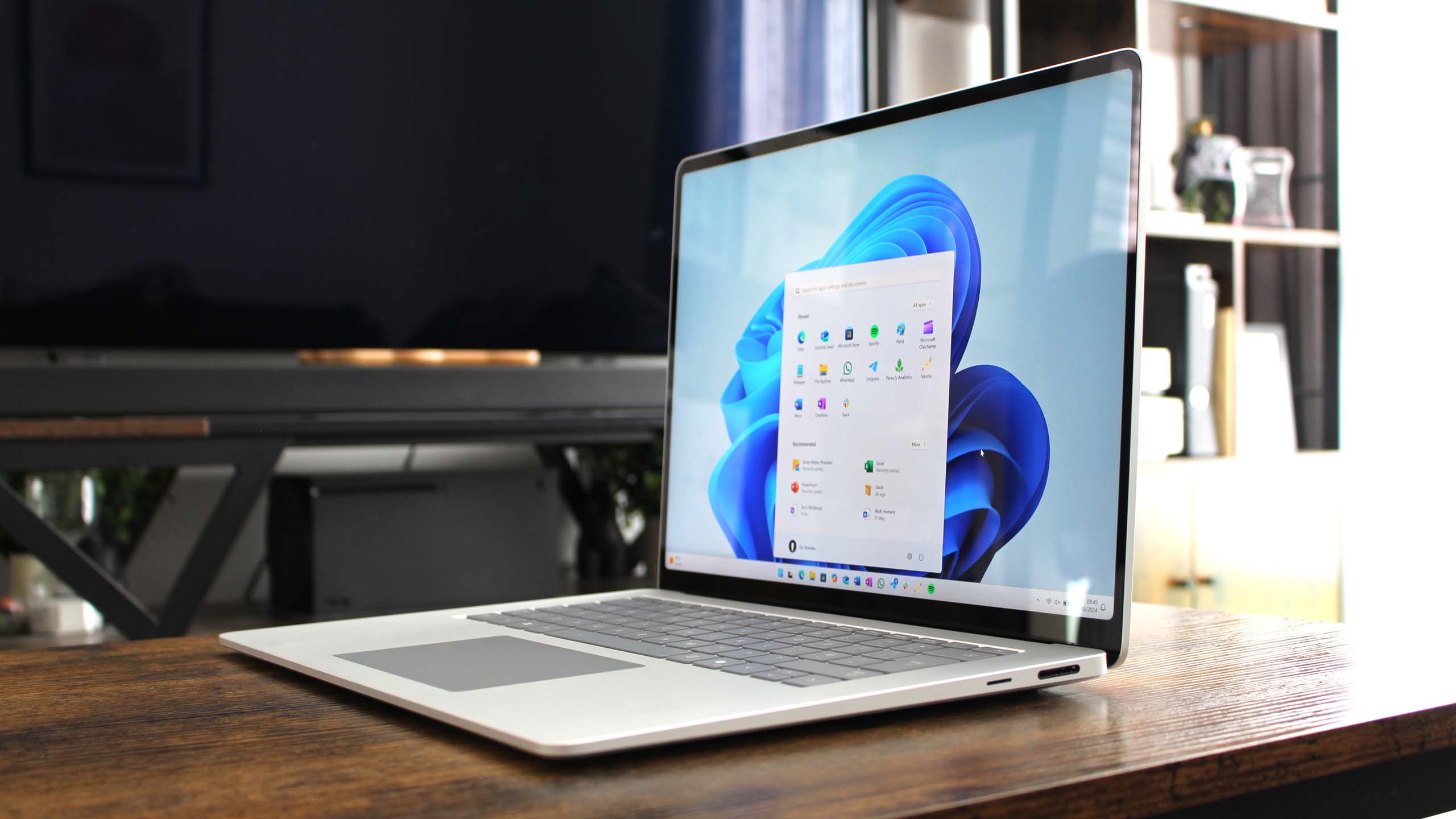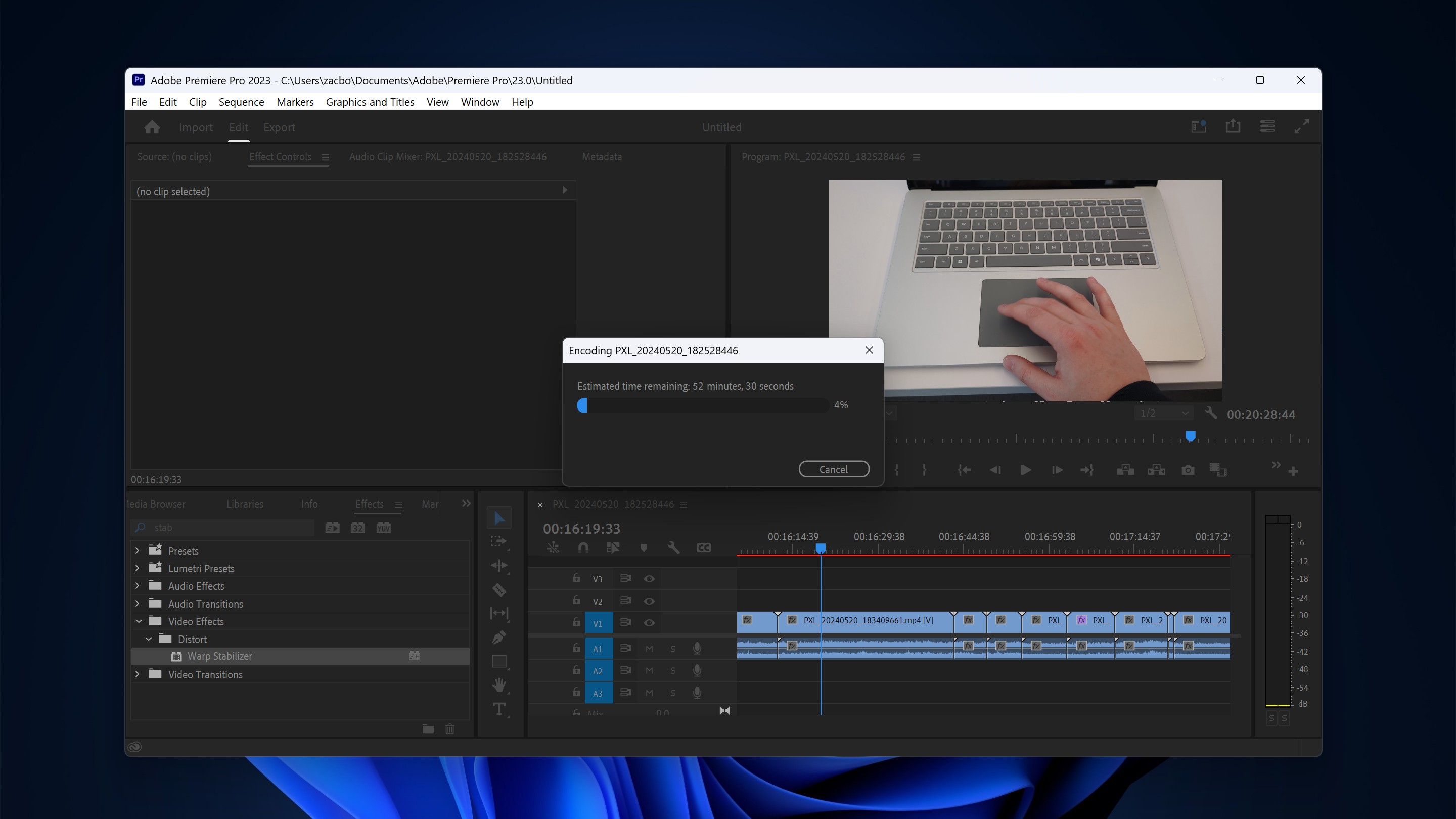(Updated) Microsoft confirmed release dates for compatible Adobe Premiere Pro, Illustrator, InDesign, and After Effects for Qualcomm Snapdragon laptops
Windows on Arm PCs will get a big boost for creators when several Adobe apps gain Arm-native versions later this year.

What you need to know
- The first wave of PCs running on Snapdragon X Elite and Snapdragon X Plus processors started shipping this week.
- Those Arm-based chips promise impressive performance but require an emulation layer to run certain apps, which lowers performance and efficiency.
- Adobe will release compatible versions of Illustrator and InDesign in July 2024 and Premiere Pro and After Effects later this year.
1:30 PM ET June 22: Microsoft has requested some changes to the language of the news we reported. Specifically, the apps won't be native but will run emulated via Microsoft PRISM (currently, these apps are being blocked from running on Qualcomm-based laptops). Adobe has also updated its FAQ site with the same information. Information in the article has been updated to reflect these changes.
Adobe apps are about to get better on Windows on Arm PCs like the Surface Pro 11 and Surface Laptop 7. Some of Adobe's apps are already optimized for Arm64, but Illustrator, InDesign, Premiere Pro, and After Effects are not. Fortunately for creators hoping to get the best performance from the Adobe suite while using a PC running on a Snapdragon X processor, that situation is about to change.
In a briefing attended by Windows Central on the new Surface Pro 11 it was stated that Illustrator and InDesign will have native Arm versions compatible versions in July 2024. That means the apps will run emulated via Microsoft PRISM (its new emulation layer in Windows 11 24H2), not native ARM64. Still, that's an improvement, as Adobe currently has blocks for some of its apps when it comes to installing them on ARM64 devices, like the new Snapdragon X PCs.
Premiere Pro and After Effects users will have to wait a bit longer, as those apps will have Arm-native versions "later this year." The rollout of more Adobe apps native to Arm should help creators and boost the viability of the best Copilot+ PCs.
Adobe Photoshop and Adobe Lightroom are already ARM64 native, having arrived on the platform in late 2020.
The first wave of Copilot+ PCs shipped this week, and several other devices running the Snapdragon X Elite or Snapdragon X Plus are on the way. These chips promise better battery life and efficiency than their x86 counterparts, but they have limitations. Apps not native to Arm have to run through emulation, which is not as efficient. Microsoft's Prism emulation layer is technologically impressive but does not deliver the same performance as running apps natively.
Lighter applications should still perform well when emulated. The ultimate goal is for everyday users not to notice or care if an app is emulated. We're not there yet, at least regarding specific applications.
Can Snapdragon X Elite run Adobe Premiere Pro?

Until recently, you could not run Adobe Premiere Pro in emulation. That has changed, making it possible to use the video editing application on Windows on Arm PCs. That being said, the experience is not ideal. While using the PC for his ASUS VivoBook S 15 review, our Senior Editor Zac Bowden ran into issues when trying to use Adobe Premiere Pro. In fact, it was the primary exception to an otherwise smooth experience of running x86 apps in emulation:
All the latest news, reviews, and guides for Windows and Xbox diehards.
"So, what was the exception I mentioned? I could only find one that I could tell would benefit from being Arm64 native: Adobe Premiere Pro. On these new devices, Adobe finally lets you run Premiere Pro under emulation, but Premiere Pro is a massive application that's very heavy even on Intel systems, so unsurprisingly, it doesn't run amazingly here.
Can you edit and render a video with it? Yes! But your experience will depend on the kind of video you're editing. You should be golden if you're editing a simple 1080p 30fps video. You will see the app struggle if you're working with multiple layers and effects or 4K and 60fps. You'll see frame-dropping in the timeline preview feed and rendering the video will take longer than on an Intel machine."
Adobe releasing a version of Premiere Pro that can run on Arm natively should make video editing with the app much better on PCs with a Snapdragon X Elite processor. DaVinci Resolve, a video editing app that competes with Premiere Pro, already has an Arm64 native version which works smoothly on Snapdragon X Elite-powered PCs.
Illustrator, InDesign, and After Effects should also see boosts in performance and efficiency when they make the jump to being Arm-native. The first two of those programs will have native Arm versions next month, while Adobe expects to ship Arm-optimized versions of Premiere Pro and After Effects later this year.

Sean Endicott is a tech journalist at Windows Central, specializing in Windows, Microsoft software, AI, and PCs. He's covered major launches, from Windows 10 and 11 to the rise of AI tools like ChatGPT. Sean's journey began with the Lumia 930, leading to strong ties with app developers. Outside writing, he coaches American football, utilizing Microsoft services to manage his team. He studied broadcast journalism at Nottingham Trent University and is active on X @SeanEndicott_ and Threads @sean_endicott_.
